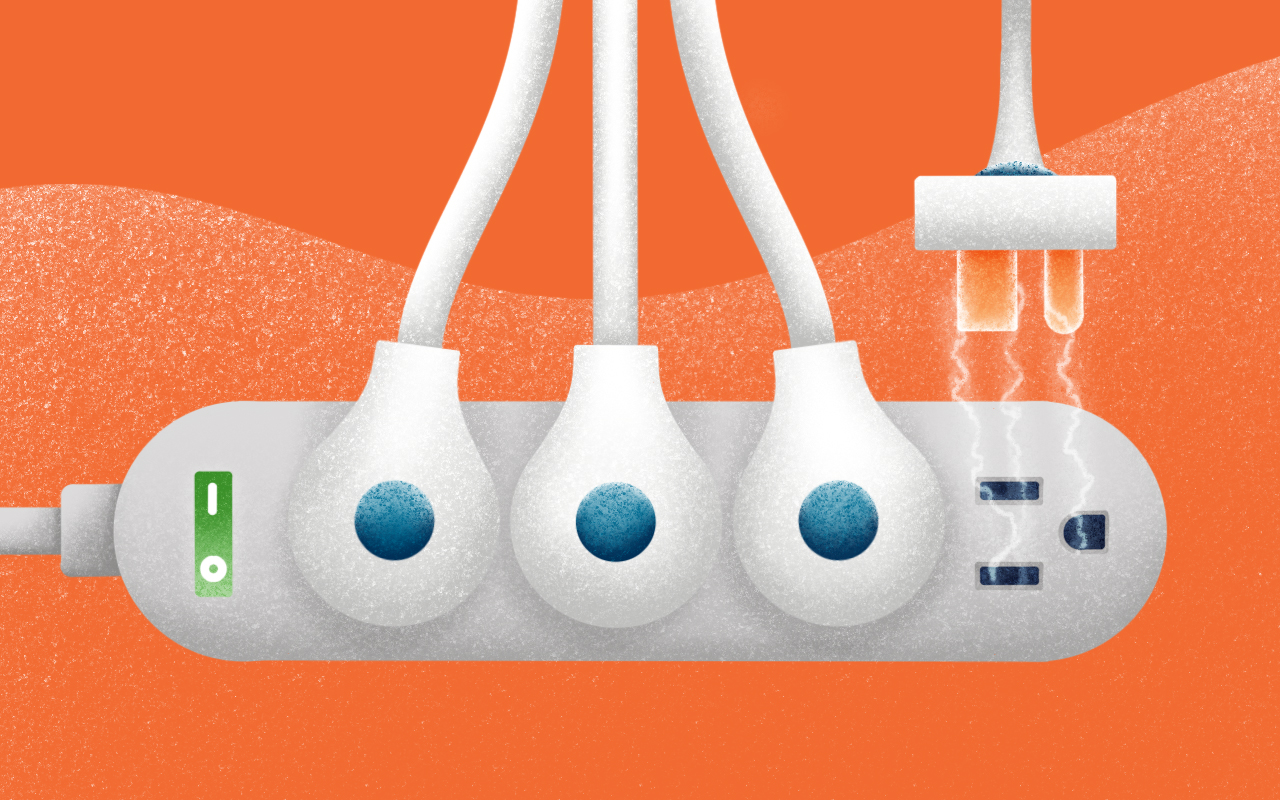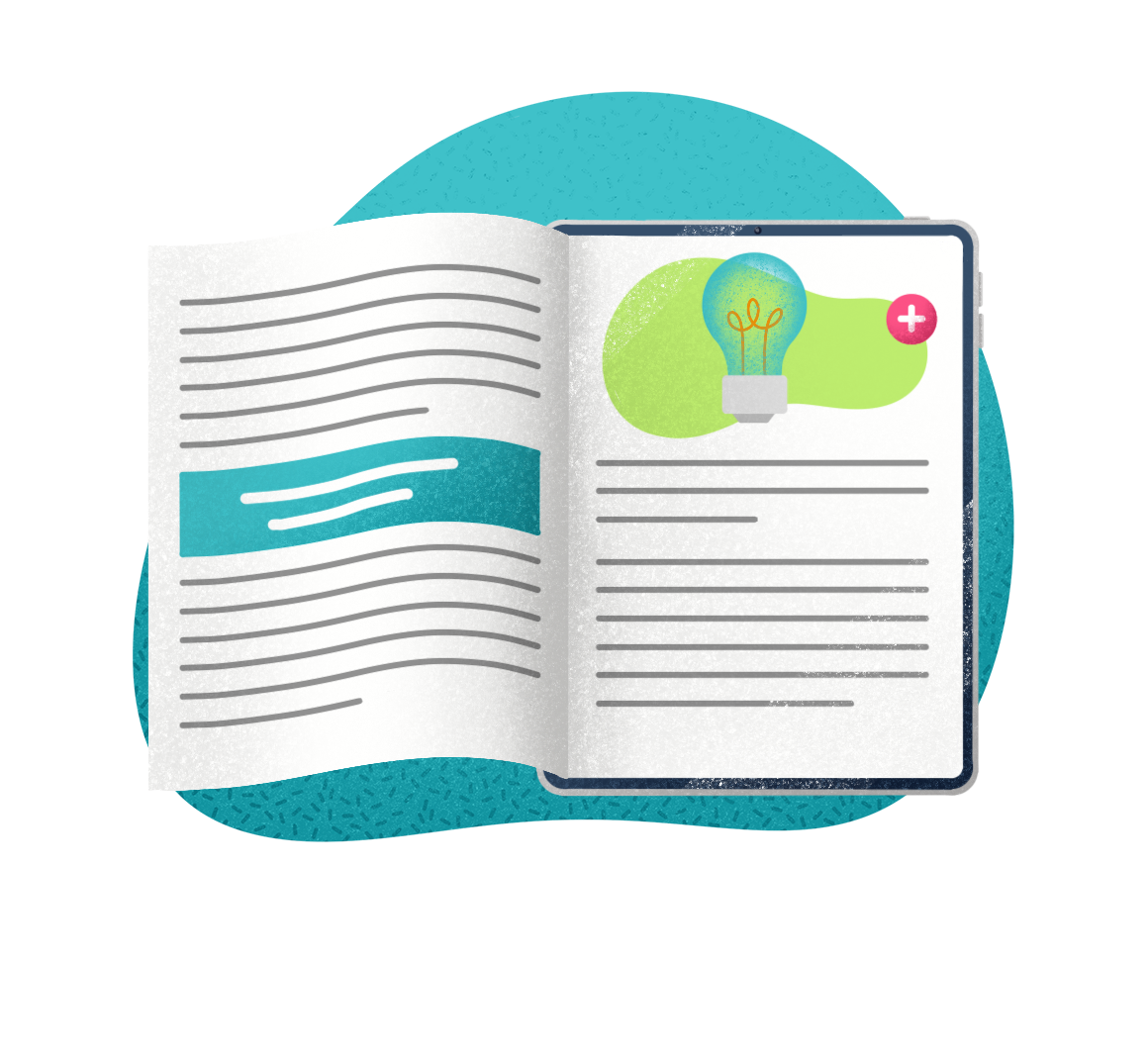IT departments are facing new challenges due to the push for engaging and valuable experiences at the service desk – and for good reason. An engaged team performs over 200% better than a disengaged one according to a recent study, but the same study found that 70% of employees are disengaged during the average workday. So how do you shift the balance? By streamlining tools and integrations to help employees do their jobs well.
What Is an ITSM Integration?
Put simply, ITSM integrations are a mix of software and processes that work together with your service management, IT services strategy, and ITSM solution to create a more seamless customer experience.
IT is a complex ecosystem. As such, ITSM software doesn’t stand need to alone anymore – and the more you focus on customer centric support, the more you’re likely going to try to meet customers where they are with the tools they are already using. To help you do that, your ITSM software should have integration and interface capabilities with third-party systems, services, applications, and data sources.
What does that look like in a practical sense?
Consider an ITSM tool that has ITIL best practices integrated, but beyond that it also can integrate with Single Sign-On (SSO) software like Open LDAP, Microsoft Teams for ticket creation and AI capabilities, and also connects to Azure Logic Apps for additional automation capabilities. Of course, these are just a few simple examples, but there are hundreds of others.
A popular ITSM integration is the mix of automation and AI created in an ITSM software that can be used within a third-party service, like Microsoft Teams. For example, think of a bot that you can talk to in Teams vs. having to visit a dedicated web portal. This type of automation and AI can have major benefits. In fact, workplace statistics in 2019 showed that workers in companies that are augmented by automation technologies are 31% more productive, and the workplace itself is 33% more likely to be human-friendly. However, this isn’t the only integration you should consider.
Top 5 ITSM Business Integrations
If your team is using an effective ITSM tool with integration capabilities, you can easily scale and adapt your service delivery strategy. The following five ITSM integrations can help enhance workflows and empower employees and agents at the service desk.
1. Customer Relationship Management
For a high-level overview, Customer Relationship Management, or CRM, is the combination of practices, strategies, and technologies used by businesses to complete a variety of actions, including customer interaction analysis, customer interaction management, and data storage throughout the customer lifecycle. Think of it as the modern Rolodex for customers where notes, interactions, and data can be stored and analyzed.
Chances are, customers of the service desk are already using a CRM software, like Salesforce, to manage relationships with business customers. So, what does this have to do with ITSM and the IT department?
When IT is serving customers of their own, they may need to troubleshoot or connect with the CRM software to make sure everything is running properly. With an ITSM integration, you can access contextual customer data to identify the software and/or hardware to help provide data-driven interactive scripts and troubleshooting solutions to improve the productivity, efficiency, and quality of service for customer service organizations.
For example, you can integrate EasyVista Self Help for Salesforce Service Cloud. This can increase call handling efficiency using automation and will simplify complex issues with step-by-step procedures. But it doesn’t stop there. Other types of CRM software may benefit from integration as well so that agents and customers stay up and running.
2. IT Asset Management
IT Asset Management, or ITAM, will manage the lifecycle of your software, hardware, licenses, and contracts. Think of ITAM as inventory management for everything from laptops, servers, tablets, desktop computers, and mobile devices to mobile apps, operating systems, cloud-based applications, software licenses, and everything in between that makes up your company’s digital environment.
ITAM with a configuration management database, or CMDB, tools define the relationship between assets in order to represent any IT service. The CMDB contains both tangible and intangible assets, such as services (CIs), and links them to physical assets, such as hardware and software, making it essential in managing IT service delivery across all IT processes.
ITAM ensures that not only are hardware and software being monitored, but real-time application monitoring is occurring as well. This can reduce system downtime due to lapses in software licenses or compliance, or even hardware problems. But, if you use different systems to track different assets, you’ll need an ITSM integration to keep them all together and easily accessible.
If you have previously used an IT Asset Management software that is outside of your ITSM tool, you might be surprised to learn that you can use ITSM integrations to avoid manual input while automating repetitive tasks. ITSM integration with systems like Microsoft Endpoint Manager, Kace by Quest Software, Ivanti Neurons for Unified Endpoint Management, and Lansweeper can synchronize with your ITSM tool’s service catalogs with equipment or software tables, managing software distribution from third-party tools.
3. Remote Monitoring and Accessibility
One of the most helpful ITSM integrations is remote access and monitoring software. This can help you have an end-to-end proactive service management experience because you’ll be able to log into a user’s device to make updates, troubleshoot, and eliminate incidents before they occur and become a bigger problem. It is even more helpful when you can do this without interrupting the end-user’s digital environment.
For example, let’s say you have remote monitoring software integrated with your ITSM tool. If the customer has entered a ticket into the ITSM software, you can then go into the remote access tool to resolve the issue for the end-user, all while logging your actions within the ITSM tool directly.
Another example of this integration in action is when an end-user’s laptop has an update that hasn’t been installed, which then triggers an alert in the ITSM software to create a ticket to run the update before any problems arise. The agent can then proactively run the update and help the user avoid downtime. This is all part of background system management, remote monitoring, and remote access that can be an ITSM integration with the right tools (like Goverlan Reach with EasyVista Service Manager).
4. IT Infrastructure Monitoring
What if someone told you they could see 15 hours into the future?
You’d probably think they’re either crazy, or a meteorologist. But you don’t have to be a weatherman to predict the future if you have the right IT infrastructure monitoring ITSM integration.
IT infrastructure is the collective set of all IT software, services, devices, and supporting equipment. If you’re thinking this sounds a bit like IT asset management, you’re not wrong. ITAM helps you track all devices, contracts, compliance, resource allocation, along with service and change impact analysis (among other capabilities) – all of which are helpful for IT infrastructure monitoring. However, IT infrastructure monitoring takes into account every element that comprises the IT environment and the statuses for each element rather than focusing solely on compliance and contracts. Think of it as a map that shows every point of the IT landscape – from Microsoft Word to custom business software and everything in between, and the status of every single point on that map.
Why does IT infrastructure monitoring matter so much? If one aspect of IT infrastructure, like an external software that is integrated into another app used to complete a job, stops working or goes down, it can have a ripple effect and negatively impact the rest of the IT operations. However, when integrated into your ITSM tool, you can both monitor IT infrastructure and resolve issues or create tickets as incidents or problems arise (thus following the incident management process).
5. ITOM
IT Operations Management, or ITOM, is a set of administrative procedures that manage all the components of your organization’s IT infrastructure. A few functions of ITOM include:
- Network Infrastructure Management
- Server and Device Management
- Computer Operations/Help Desk
ITOM can, and should, be integrated with your ITSM tool. This integration will allow you to connect with monitoring tools like Microsoft System Center Operations Manager or Amazon Web Services to manage events or get notified of issues before the user contacts the service desk. A few of the most popular ITOM integrations include: Microsoft SCOM, Nagios, Microsoft Azure, and AWS.
Beyond Integrations
There are several other integrations you may consider with your ITSM tool and self-service portal that can help you get the most out of your ITSM tool while maintaining a low total cost of ownership (TCO). To learn more about EasyVista’s integration capabilities, request your demo today.

Infographic – The status of SMB IT in 2026
Explore how AI, automation & integrated ITSM/ITAM are reshaping IT strategy—at every scale.


